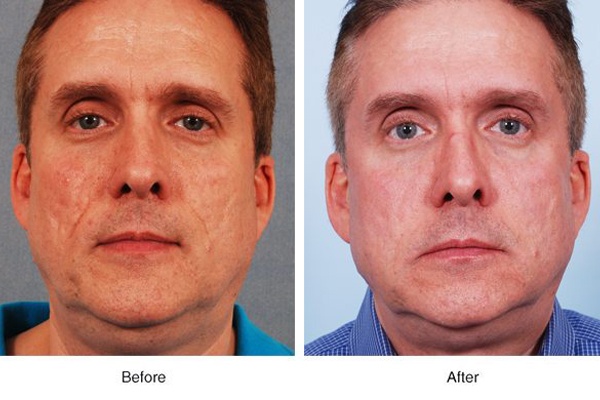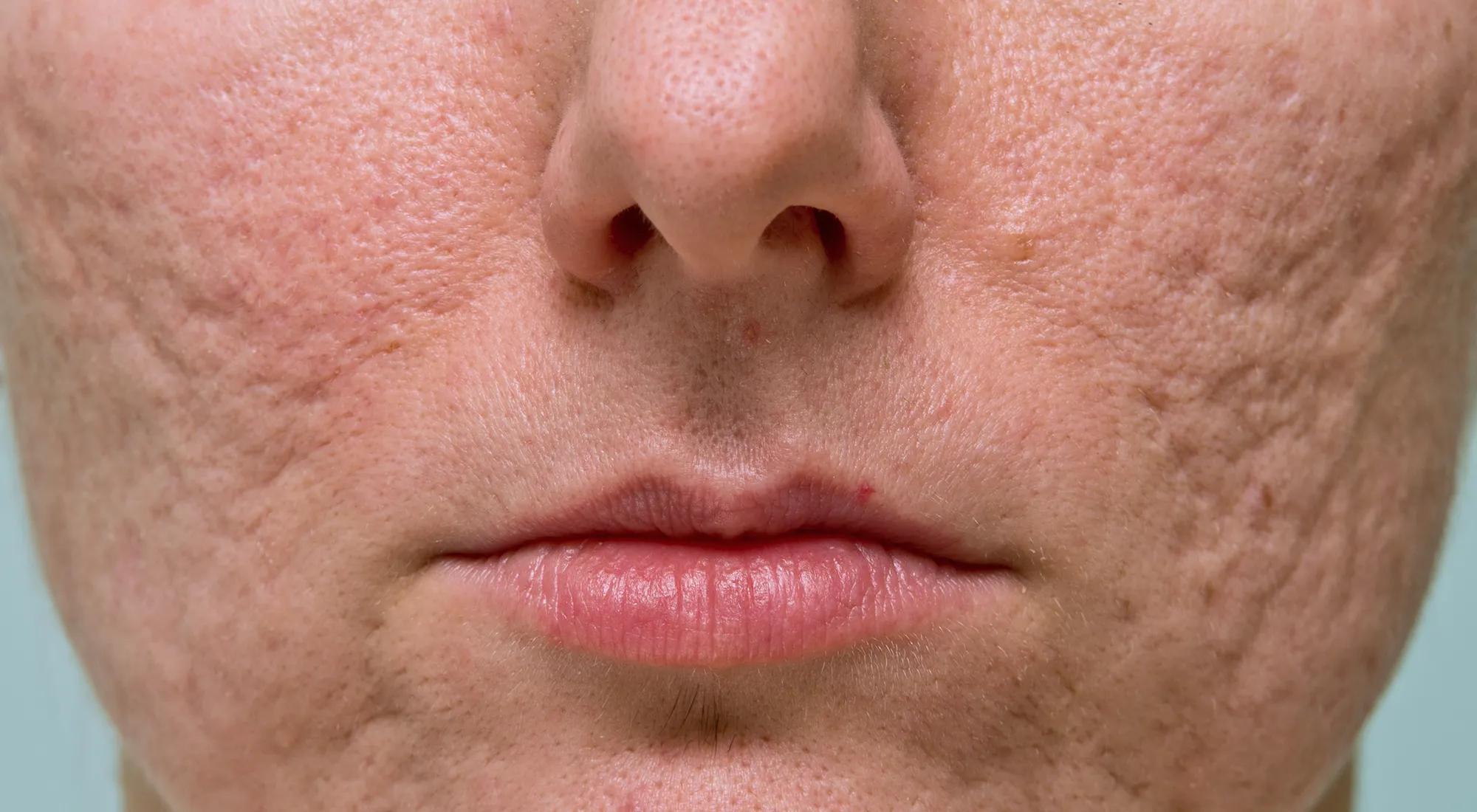Exploring Skin Conditions: Dealing With and identifying Acne Scars for Healthier Skin
Acne scars stand for a substantial issue for people looking for to maintain healthy skin, as they can influence both look and self-worth. Understanding the different kinds of marks, from atrophic to hypertrophic, is crucial for determining suitable treatment options. While expert interventions like chemical peels and microneedling can be effective, the significance of customized treatment strategies can not be overemphasized. Preventative actions play a critical role in decreasing future scarring. As we discover these aspects, one have to take into consideration exactly how the ideal technique can result in transformative outcomes.
Comprehending Acne Marks

The body's all-natural healing procedure can result in either atrophic marks, which appear as depressions in the skin, or hypertrophic marks, which are elevated and result from overflow of collagen. Additionally, the mental toll of acne marks must not be ignored; several individuals report sensations of humiliation, stress and anxiety, and lowered self-worth. This emotional problem can affect social communications and total high quality of life.
Addressing acne scars calls for a detailed understanding of their formation and effect. Awareness of the possibility for lasting repercussions related to untreated scars can inspire individuals to look for ideal treatments. Early intervention and efficient administration approaches can substantially boost skin look and enhance mental strength, emphasizing the significance of understanding the intricacies bordering acne marks.
Sorts Of Acne Scars
Acne scars can be classified right into distinctive types, each exhibiting distinct qualities and requiring particular treatment approaches. acne scars treatment. The primary kinds of acne scars consist of atrophic, hypertrophic, and keloid marks

Hypertrophic marks, on the other hand, are elevated above the skin degree and are the result of extreme collagen manufacturing during the recovery procedure. They typically stay within the boundaries of the initial acne sore. Keloid scars are comparable however expand beyond the initial injury site, creating larger, raised areas that can be scratchy or excruciating.
Recognizing these types of marks is crucial for choosing appropriate therapy options. Various scars may react much better to details therapies, such as laser therapies, fillers, or surgical treatments, emphasizing the relevance of a tailored approach to acne scar monitoring.
Identifying Your Marks
Acne scars typically fall into two classifications: hypertrophic and atrophic marks. These can further be classified into ice-pick marks, boxcar marks, and rolling scars, each displaying distinct attributes and needing various approaches for analysis.
Hypertrophic marks, on the various other hand, are raised and happen because of too much collagen manufacturing during the healing process. Recognizing the particular functions of your marks-- such as size, appearance, and deepness-- is crucial for proper recognition (acne scars). Additionally, consider the distribution of marks throughout your skin, as this can show the extent and period of the acne problem
Involving with a skin doctor can give beneficial understandings right into the nature of your marks, helping in the distinction in between different types. A complete understanding of your marks will eventually bring about an extra customized and efficient treatment plan, guaranteeing a clearer and healthier complexion.
Therapy Alternatives Readily Available
Recognizing the details sort of acne marks existing on your skin prepares for exploring effective treatment alternatives. Typical types of acne scars consist of atrophic (depressed), hypertrophic (elevated), and post-inflammatory erythema.
For atrophic marks, alternatives such as chemical peels, microneedling, and laser resurfacing are commonly used. Chemical peels off use acids to remove the external layer of skin, promoting new cell development.
Hypertrophic marks can be treated with corticosteroid injections to flatten the mark or laser therapy to lower soreness and boost appearance. Silicone gel sheets and stress dressings may also aid in handling raised scars.
Additionally, dermal fillers can momentarily fill out clinical depressions from atrophic marks, while surgical excision may be suitable for extreme situations. Each therapy option has its benefits and considerations, making it important special info to speak with a skin doctor. They can offer tailored recommendations based upon the kind and intensity of your scars, in addition to your skin kind and total health and wellness.
Tips for Avoidance
Efficient avoidance approaches can significantly reduce the possibility of creating acne marks. The initial step is to preserve a regular skin care regimen that consists of mild cleaning, exfoliation, and moisturizing. Using non-comedogenic products helps avoid stopped up pores, which can aggravate acne. In addition, incorporating topical treatments containing salicylic acid or benzoyl peroxide can efficiently lessen and handle breakouts inflammation.
Staying clear of the impulse to pop or pick acne sores is crucial, as this can lead to deeper skin damages and raise the threat of scarring. Rather, take into consideration making use of a chilly compress or non-prescription treatments to reduce swelling and redness.
Sunlight security is one more important aspect of avoidance; ultraviolet (UV) rays can dim scars and hinder discover here the recovery procedure. Using a broad-spectrum sun block with at the very least SPF 30 daily can shield the skin and advertise even recovery.
Lastly, keeping a well balanced diet plan rich in vitamins, antioxidants, and minerals sustains skin wellness and healing. Remaining hydrated and taking care of anxiety levels can additionally play a considerable role in lowering acne flare-ups. By executing these strategies, people can significantly decrease their chances of creating acne scars.
Final Thought
To conclude, understanding and recognizing acne scars is necessary for effective therapy and attaining healthier skin. Numerous sorts of acne scars, consisting of atrophic and hypertrophic marks, demand particular treatments tailored to private demands. Treatment choices array from chemical peels and microneedling to corticosteroid injections, highlighting the importance of getting in touch with a skin specialist. In addition, adopting a gentle skin care regimen and protecting the skin from UV exposure can click to investigate dramatically contribute to the prevention of additional scarring and general skin health and wellness.
The body's all-natural healing procedure can result in either atrophic scars, which show up as depressions in the skin, or hypertrophic marks, which are elevated and result from overproduction of collagen. They are additional separated into 3 subtypes: ice pick scars, boxcar scars, and rolling marks. Acne marks generally fall right into 2 groups: atrophic and hypertrophic marks. These can further be classified right into ice-pick marks, boxcar marks, and rolling marks, each displaying unique attributes and needing different methods for assessment.
Various kinds of acne marks, consisting of atrophic and hypertrophic scars, necessitate specific interventions customized to specific requirements.